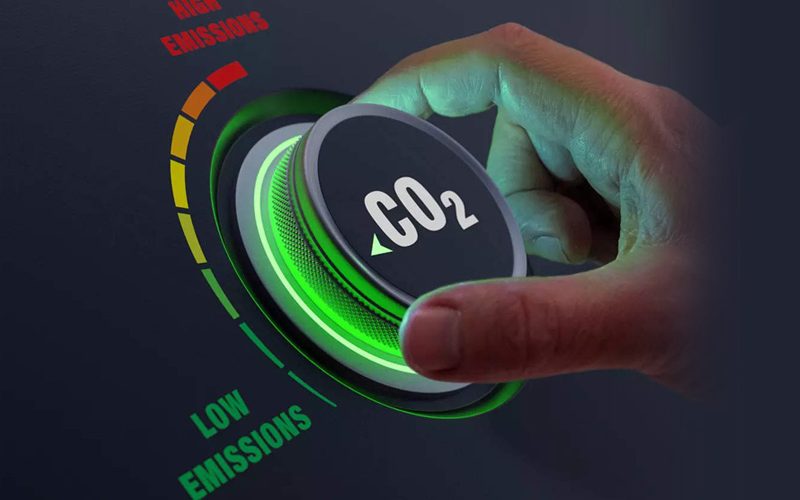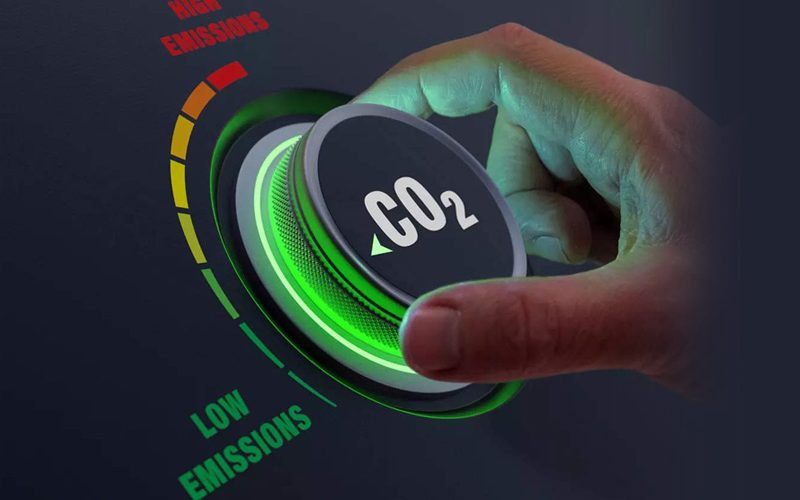Although it is an unavoidable by-product of the industrialized society, some view it as a present danger
In order to become carbon neutral and facilitate the energy transition, many businesses throughout the world are stepping up their environmental obligations. More than 600 business leaders from around the world who are directly involved in their company’s environmental sustainability initiatives participated in a business survey that measured their perception of how well their company has performed in achieving its goals over the past year and their optimism for the year to come. The planning, strategy development, execution, or monitoring of the environmental sustainability programs and goals of their company was the responsibility of the respondents. The business survey questioned people from organisations in Latin America, North America, Europe, the Middle East, and Asia-Pacific, as well as the following sectors:
Professional services and banking, Commercial products, Utilities and energy, Public and government sectors, Pharmacy and healthcare, Modern technology, Industry, manufacturing, and construction & logistics, and transportation.
Globally recognised brands and businesses have made the commitment to becoming carbon neutral in support of the battle against climate change. As per the business survey, a few firms that have pledged to be carbon neutral by 2030, 2040, and 2050 are Unilever, Amazon, and Toyota. Every other type or size of business, every organisation must aim toward carbon neutrality since time is running out and global warming is intensifying. The method and timeframe for becoming carbon neutral will vary depending on the type of organisation
Here are some steps businesses may take to become carbon neutral and save our future: –
- Efficiencies can cover their costs
One of the most effective techniques for lowering carbon footprint is efficiency improvement. This entails actions like switching from incandescent to LED lighting, scheduling and managing better manufacturing shifts, relocating personnel to a nearby location, revamping goods, and packaging to use less material, etc. There are instances of businesses that have used straightforward yet efficient efficiency improvement techniques to cut their carbon emissions by as much as 40%.
- Find more sustainable options
Find a strategy to use sustainable sources for your transportation, energy, and electricity. Installing solar panels is an excellent alternative and will pay for itself in the short to medium term if the facilities are under your direct control. Additionally, to reduce your carbon footprint, seek materials, goods, and resources at the facilities that you buy for both direct and indirect use. Include purchasing procedures and methods that have an emphasis on obtaining goods and materials with low carbon footprints and high renewable content.
- Design with circular principles
Circular design emphasizes the use of recycled and renewable materials, minimizing waste, and promoting resource regeneration. Include them in the goods and services you provide to your clients. For instance, switching from single-use, throwaway items and packaging to reusable, circular products and services would undoubtedly reduce both your company’s and the community’s carbon footprint.
- Embrace next-century shared services and technologies
Most of us enjoy travelling so that we may meet and greet people in person. While doing so has a positive social impact, it has a significant negative impact on the environment because of the carbon emissions caused by travel. When feasible, travelling in shared or public transportation, virtual meetings, and public transportation should be used over solo travel. Find resources that may be shared, such as office space, furniture, and computer equipment, to further help reduce carbon footprint. Utilize automation tools to control how much energy your buildings and activities use.
Although being carbon-neutral may sound challenging, you do not have to do it all at once. You may drive the change slowly by dividing the actions into smaller, more achievable chores. Eliminating corporate sources of CO2 and other greenhouse gas emissions is simply smart business strategy since it is the most crucial and beneficial investment in our future. Nowadays, more and more customers choose businesses that are socially responsible and actively work to decrease their carbon impact. For businesses, there are several places to look for workplace sustainability initiatives. As more businesses adopt green technologies, the vision of a sustainable future becomes a reality.







